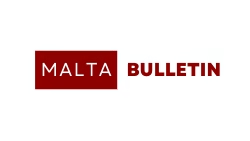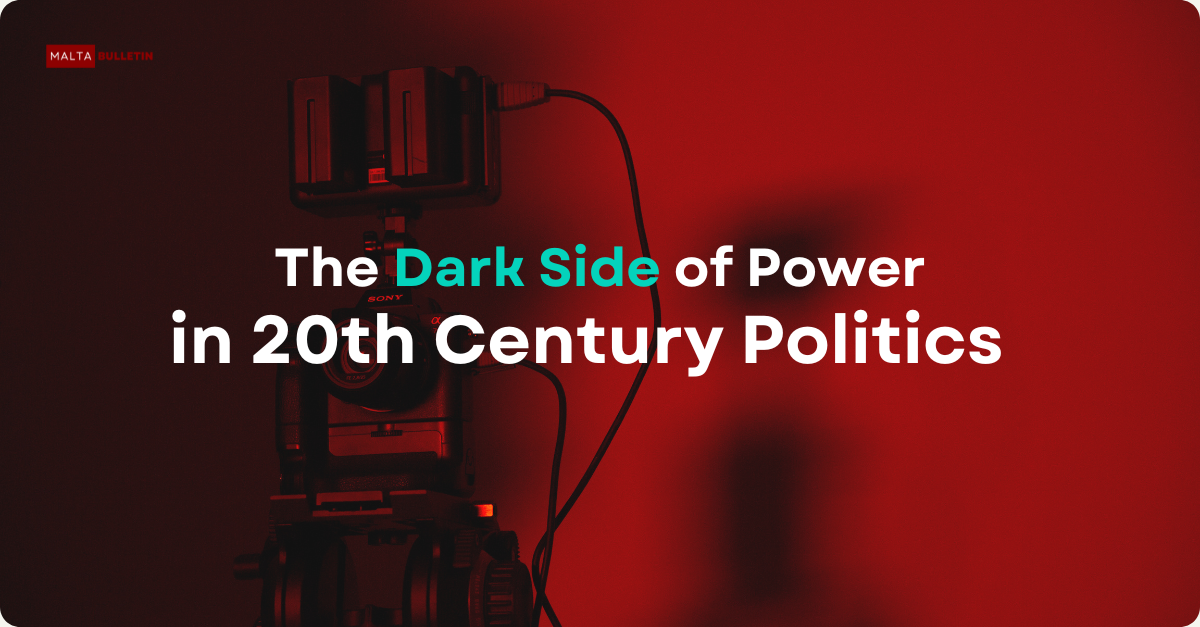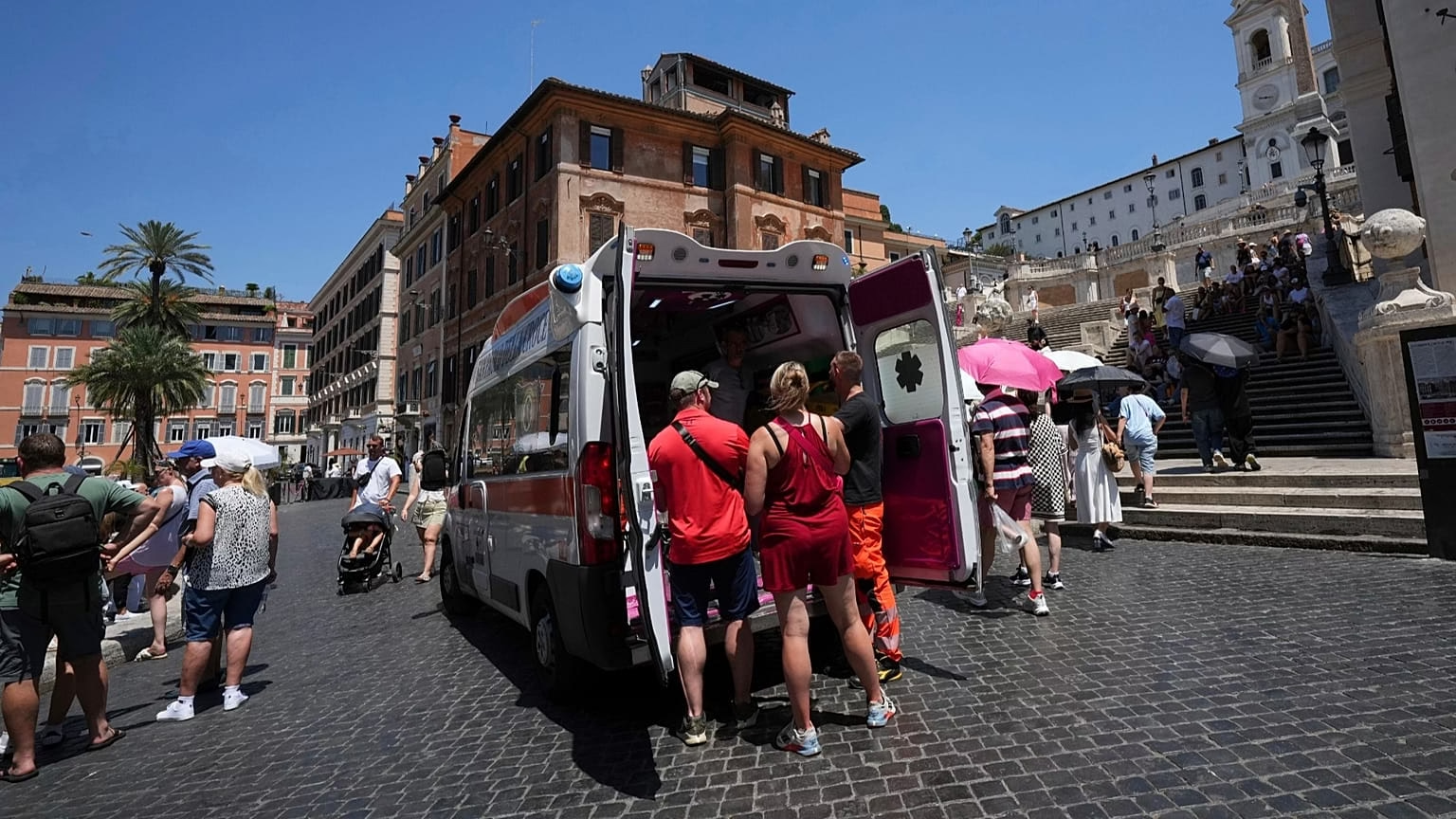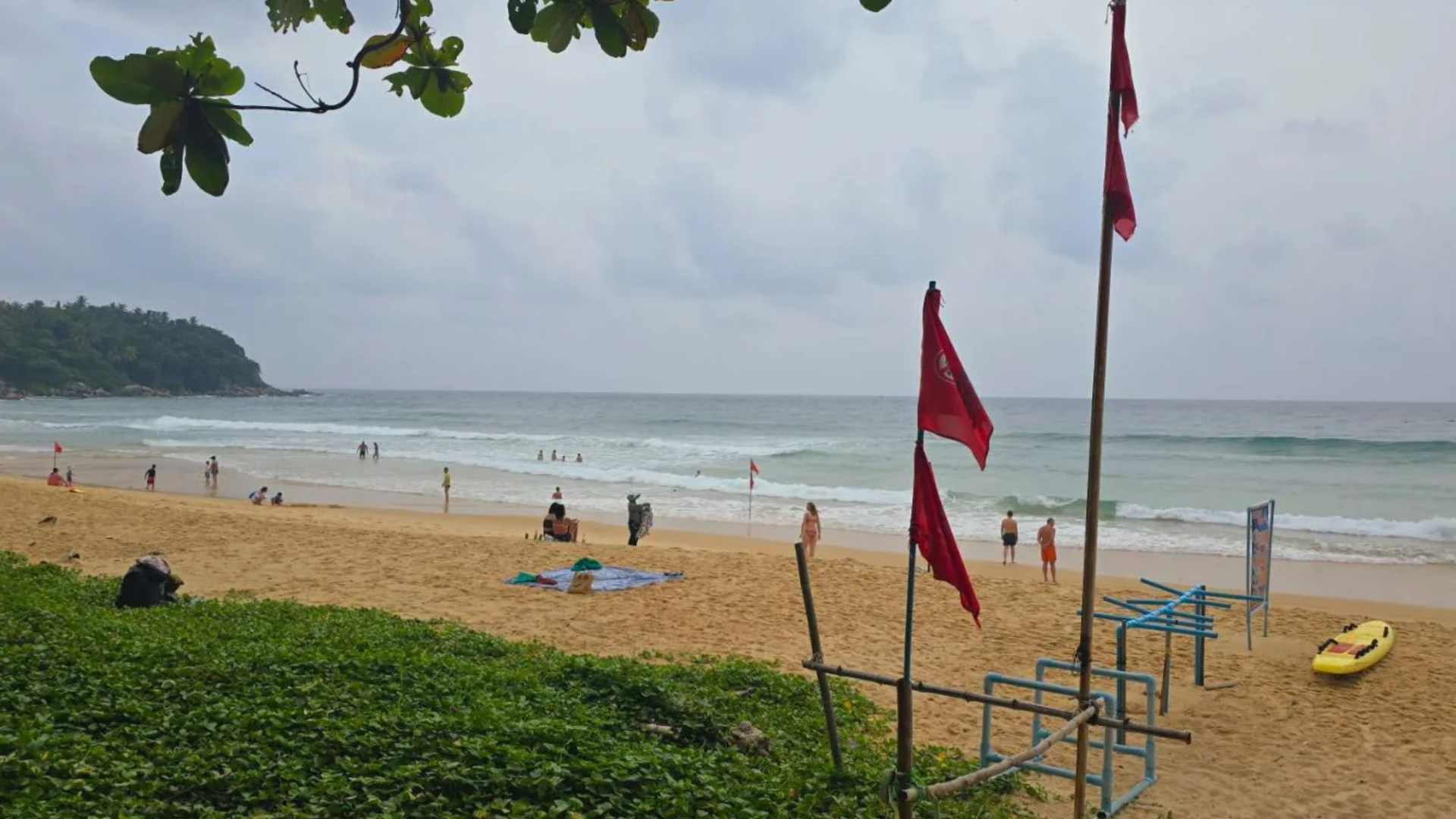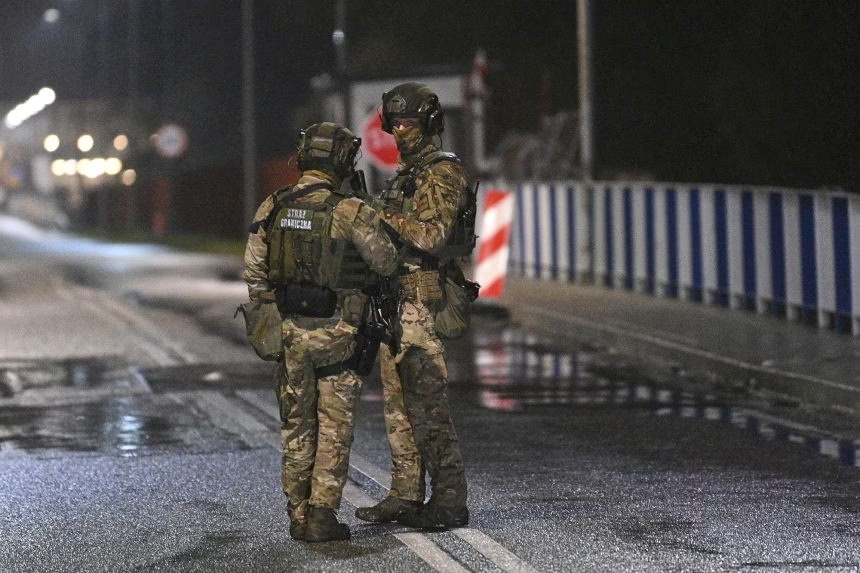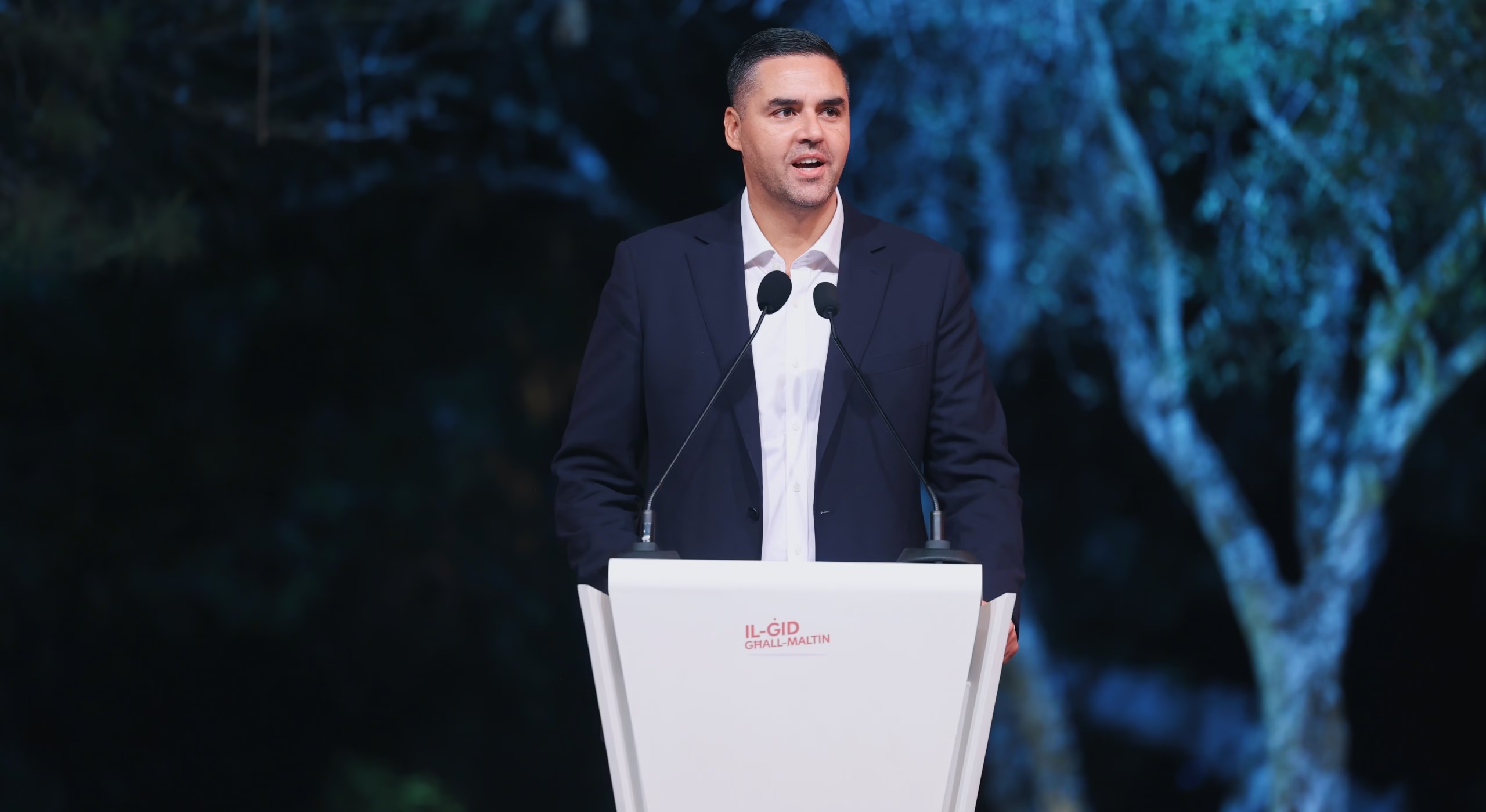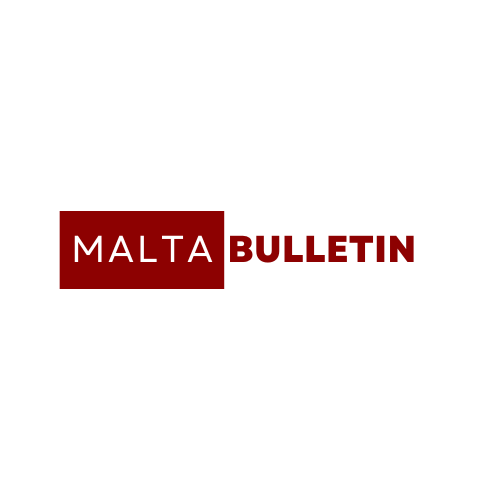Infamous Political Corruption Cases of the 20th Century in a Glimpse
The 20th century witnessed some of the most notorious figures whose corruption was not only widespread but also deeply impactful. These leaders used their power to enrich themselves, oppress their people, and, in many cases, change the course of history through their corrupt actions.
From authoritarian dictators to democratically elected leaders who betrayed public trust, the 20th century was rife with scandals that have left lasting marks on global politics.
1. Muhammad Suharto

Muhammad Suharto was considered as one of the corrupt politicians of the modern world. Throughout his career, he was allegedly involved in the embezzlement of US$15–35 billion.
Even today, years after Suharto’s death, he is known as one of the corrupt politician in the history of Indonesia. His thirty year tenure was marred with corruption and nepotism.
It had witnessed disappearances and killings of several democracy activists. More than a million people were brought to trial, mostly his political opponents, were arrested and only about 1,000 were ever brought to trial according to Amnesty International USA statement.
Indonesian President Suharto’s corruption involved crony capitalism, family enrichment, and state-owned enterprises.
- His cronies, including businessmen, military officers, and political allies, received government contracts and licenses without competitive bidding, leading to massive wealth accumulation. Suharto’s family members, particularly his children, controlled vast business empires in sectors like banking, telecommunications, and real estate.
- State-owned enterprises became vehicles for corruption, often mismanaged and profits siphoned off by Suharto’s cronies. Key industries like oil and gas were heavily exploited, with revenues diverted into private accounts.
- Suharto’s political vehicle, the Golkar party, was funded through corrupt means. Estimates of embezzlement reached $35 billion. Lack of accountability in the judiciary and anti-corruption bodies made it difficult to challenge the regime’s corrupt practices.
- The Suharto government’s corruption had a drastic impact on Indonesia’s economy. Suharto, like every other politician who has been accused of being corrupt, constantly denied his involvement until his death in 2008. Attempts to put Suharto failed several times due to his deteriorating health and was completely dropped in 2000.
2. Ferdinand Marcos

Ferdinand Marcos was the president of the Philippines from 1965 to 1986. His term was infamous for its corruption, dirty politics, and brutal nature.
Marcose regime is often cited as a prime example of kleptocracy, where corruption was institutionalized at every level of government. Ferdinad Marcos and his wife Imelda, are estimated to have stolen between $5 billion and $10 billion from the Philippines during their time in power.
This money was siphoned from public funds, including the national treasury, and through kickbacks from foreign aid and development projects. The stolen wealth was hidden in secret bank accounts abroad, real estate, art collections, and shell companies.
Ferdinand Marcos consolidated power by rewarding loyalists and cronies with lucrative government contracts, monopolies, and control over key industries such as agriculture, energy, and media.
This system of patronage ensured that wealth and power were concentrated in the hands of a few, creating an oligarchic structure that perpetuated inequality and economic stagnation. In 1972, Marcos declared Martial Law, which allowed him to rule by decree, dismantling democratic institutions and silencing opposition. Marcos and his associates operated with impunity, using the military and police to suppress dissent and protect the Political corrupt activities.
The corruption of the Marcos regime had long-lasting effects on the Philippines, leaving the economy in shambles, massive debt, and widespread poverty. The infrastructure of governance was weakened, and corruption became deeply entrenched in many government institutions. The social and economic inequalities exacerbated by the regime contributed to political instability and social unrest in the years following Marcos’ ouster in 1986.
In 1989, Marcos was admitted to the hospital with pneumonia and underwent several operations. During his dying days, he offered to return 90% of his wealth to the Filipino people in exchange for being buried with his mother in the Philippines. However, this proposal was rebuffed by the Aquino government and Imelda Marcos. Marcos died on September 28, 1989, from kidney, heart, and lung ailments, 17 days after his 72nd birthday.
3. Mobutu Sese Seko
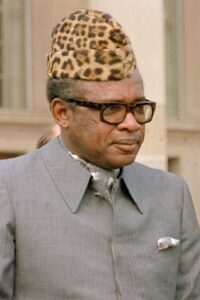
Zaire’s Dictator
Mobuto Sese Seko ruled over the Congo for more than three decades. His reign was marred with corruption and decadence. In 1960, Congo became an independent country and Mobutu was appointed as Secretary of State to the Presidency.
This position offered him significant power and authority. Mobuto was quickly promoted to Army Chief of Staff and awarded the rank of Colonel when a number of army soldiers mutinied over poor working conditions.
The Democratic Republic of the Congo crisis Congo Crisis, a period of political upheaval following the country’s independence, saw two Congolese provinces secede with Belgium’s support.
Lumumba’s relationship with President Joseph Kasa-Vubu collapsed, leading to Lumumba‘s dismissal and Lumumba’s declaration of Kasa-Vubu’s deposition.
Mobutu, under immense pressure, ordered a coup in September 1960 to neutralize the government. After the coup, Kasa-Vubu returned power, making Mobutu one of the most powerful men in the Congo. Lumumba was murdered by Belgian and Secessionist forces in January 1961.
In 1965, Moise Tshombe became the Congo’s next prime minister, but Kasa-Vubu refused to accept the results and attempted to appoint his own, Evariste Kimba. Mobutu launched a second coup, seizing control of the Congo.
Mobutu claimed absolute power for five years, suspending parliament and banning all political parties except for his own party, the Popular Movement of the Revolution (MPR). The Congo was renamed Zaire to promote African identity and remove European colonialism remnants.
Mobutu’s rule was marked by brutality, with four cabinet ministers accused of plotting a coup in 1966 and Pierre Mulele, former Minister of Education under Lumumba, tortured and executed in 1964. A new constitution was introduced in 1974, making the MPR the sole institution and president of Zaire every seven years.
Despite Mobutu’s authoritarian regime, the US supported him during the Cold War, believing he could act as a regional strongman and mediate regional issues. However, events in neighboring Rwanda ultimately decided the future of Zaire.
In 1994, the Hutu ethnic group killed 600,000 Tutsi, leading to thousands fleeing to Zaire. The new Tutsi Rwandan government, led by Paul Kagame and Yoweri Museveni, allied with the Alliance of Democratic Forces for the Liberation of the Congo (AFDL), an anti-Mobutu coalition led by Laurent-Désiré Kabila.
On October 24, 1996, Rwanda, Uganda, and the AFDL invaded Zaire to overthrow Mobutu, and after six months of fighting, Mobutu was deposed. Kabila became the new President of the renamed Democratic Republic of the Congo. Mobutu fled to Rabat, Morocco, and died in exile in 1997.
4. Sani Abacha
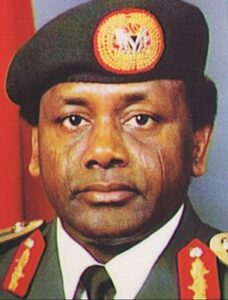
Sani Abacha seized control of Nigeria and became the president of the country until 1998.
Under the dictatorship of Abacha, corruption increased in Nigeria. The abuse of power by the government was widespread and was one of the most severe issues faced by the country.
Throughout his rule, Abacha was involved in several corruption scandals but it was only discovered after his death that he and his collaborators have embezzled USD $3,000 y USD $5,000 millions from Nigeria’s public resources.
Nigeria’s government recovered USD 1,000 million from Abacha’s family, associates, and himself after he deposited the money in London banks.
Abacha’s son, Muhammad, confessed to giving him $700 million in cash for two years. The money was laundered through the purchase of US government bonds. The Central Bank took USD 2,300 million, while public procurement and foreign company extorsions took USD 1,000 million.
Abacha’s associates cashed out the money and deposited it into US financial institutions, while Abacha and his finance minister bought inflated government bonds through a company controlled by him.
In 2004, a list of the ten most self-enriching leaders in the past two decades revealed Abacha and his family as the fourth-ranked leader, embezzling between $1 billion and $5 billion. Rumors circulated that Abacha’s family agreed to return $1.2 billion in 2002.
The Obasanjo administration revealed that the loot was politicized for Abacha’s re-election bid. In 2014, the US Department of Justice announced the largest forfeiture of US$480 million to the Nigerian government.
Jersey discovered over $267 million in funds laundered through the U.S. banking system and deposited in a Jersey account. In 2019, a civil asset forfeiture against the funds was completed, and they will be divided between Nigeria and Jersey.
5. Slobodan Milošević
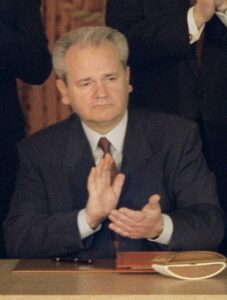
Slobodan Milošević was the President of Serbia from 1989 to 1997 and the President of the Federal Republic of Yugoslavia from 1997 until his оverthrow in 2000.
He was the first sitting president of state charged with war crimes as he played a huge role in Yugoslav Wars.The overthrow of Slobodan Milošević was a year-long struggle involving thousands of Serbs who sought to strip Milošević of legitimacy and force him to call for elections.
In 1998, a dozen students formed Otpor!, a resistance movement, calling for the removal of Milošević and the establishment of democracy and the rule of law. Milošević had been cracking down on opposition, non-government organizations, and independent media since 1991.
After Milošević’s term ended, the presidential election rules were altered, allowing him to be directly elected via a two-round voting system. In 2000, Ivan Stambolić, a former mentor and political ally of Milošević, was kidnapped and executed. The anti-government youth movement Otpor! led a campaign to topple the administration and introduce a transparent democracy.
Eighteen parties formed the Democratic Opposition of Serbia (DOS) coalition, with Vojislav Koštunica as the main candidate. Milošević was arrested in 2001 and suspected of abuse of power and corruption. The US pressured the Yugoslav government to extradite Milošević to the International Criminal Tribunal for the Former Yugoslavia (ICTY), causing political turmoil in Yugoslavia. After the extradition, Milošević was found dead in his prison cell at the UN war crimes tribunal’s detention center in The Hague, Netherlands, on March 11, 2006.
6. Jean-Claude Duvalier
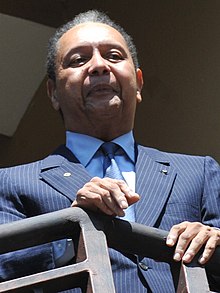
Source: Agência Brasil
On April 21, 1971, Jean-Claude Duvalier, succeeded his father as the Head of State of Haiti.
During his 15 year old rule, Haiti became a country infamous for extrajudicial killings, torture and disappearances of political dissidents, forcing many to migrate to other countries.
In 1978, the African swine fever outbreak led to the eradication of Haiti’s pig population in 1982, causing economic devastation and a decline in tourism.
Pope John Paul II’s visit in 1983 called for a more equitable distribution of income and increased popular participation in public life, leading to arevolt in 1985.
Duvalier responded with a 10% cut in staple food prices, the closure of independent radio stations, a cabinet reshuffle, and a crackdown by police and army units. However, these measures failed to dampen the popular uprising against the dynastic dictatorship.
In 1986, the Reagan administration pressured President Duvalier to renounce his rule and leave Haiti. Jamaican Prime Minister Edward Seaga appointed representatives as intermediaries in negotiations, and the United States offered assistance.
Duvalier initially accepted, but decided against abdication. In 2011, Duvalier returned to Haiti to help with reconstruction, but was arrested in 2011 for corruption, theft, and misappropriation of funds. He was released but subject to recall by the court. In 2012, he was charged with corruption but not human rights abuses. Duvalier pleaded not guilty to corruption and human rights abuse charges in 2013.
7. Alberto Fujimori
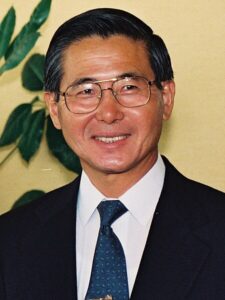
Alberto Fujimori served as the president of Peru from 1990 to 2000 until he was forced to leave the office due to allegations of corruption. He fled to Japan then to Chile, where he was arrested and imprisoned.
Former Peruvian President Alberto Fujimori was arrested, tried, and convicted for corruption and human rights abuses during his government.
He fled the country in 2000 after a scandal involving corruption and human rights violations. The Peruvian government requested his extradition, but Fujimori was not extradited due to Japan’s Nationality Rule.
He maintained a self-imposed exile in Peru until his arrest in 2005. Fujimori was extradited to face criminal charges in Peru in 2007. He was convicted of ordering an illegal search and seizure and sentenced to six years in prison.
In 2009, he was convicted of human rights violations and sentenced to 25 years in prison for his role in killings and kidnappings by the Grupo Colina death squad.
The verdict marked the first time an elected head of state has been extradited to his home country, tried, and convicted of human rights violations. Fujimori was pardoned in 2017 on health grounds, but the Peruvian Supreme Court overturned it in 2018. The Constitutional Court of Peru reinstated the pardon in March 2022, but it was not clear if or when he may be released.
8. Pavlo Lazarenko
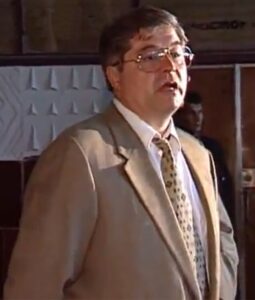
Pavlo Lazarenko
Lazarenko, a corrupt and authoritarian Ukrainian politician, was accused of stealing $200 million from the government. After fleeing Ukraine in 1999, he fled to the United States, where he was tried for extortion, money laundering, and wire fraud.
Since 1999, he has been living in exile in the US due to criminal charges against him in Ukraine.
Prosecutors claim he stole $200 million from Ukraine’s economy, particularly natural gas contracts, and laundered $114 million through U.S. banks.
After his 2012 release, U.S. authorities seized his assets, including a Picasso lithograph and a California mansion, while Switzerland seized $6.6 million. In 2000, he was convicted of money laundering in absentia.
US prosecutors accused Ukrainian President Bashar Lazarenko of laundering $114m (£60m) stolen during his time in office. Lazarenko was convicted on 29 counts, but 15 were thrown out due to lack of evidence.
The 2004 Transparency International Global Corruption report ranked him eighth out of the world’s corrupt politicians. Lazarenko was the first former head of government to be tried in the US. In February 1999, Ukrainian fugitive Lazarenko was arrested by immigration authorities at New York’s Kennedy airport for visa irregularities after fleeing to the US for political asylum. He had been detained and released on bail in Switzerland in December 1998.
Ukrainian investigators were probing his business dealings, and the parliament was debating whether to lift his immunity from prosecution. Swiss authorities conducted their own investigation into his financial affairs.
Lazarenko admitted moving money to Swiss banks but claimed he had acquired it legitimately. In June 2000, a court in Geneva found him guilty of laundering $6.6m through Swiss banks, givinghim an 18-month suspended sentence and confiscating $6.5m from his Swiss accounts.
Ukrainian prosecutors charged former President Lazarenko with ordering the 1996 killing of Yevhen Shcherban and two failed assassination attempts. Lazarenko denies the charges and claims he was targeted in a bomb explosion. His US trial took place in San Francisco, where he paid $6.7m in cash.
The case involved companies and banks from Ukraine, Poland, Hungary, the Netherlands, Switzerland, and the US.
9. Arnoldo Alemán
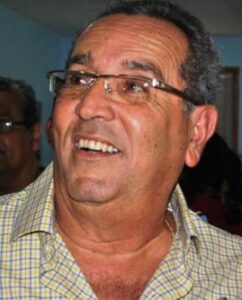
José Arnoldo Alemán Lacayo served as the 56th president of Nicaragua from 1997 to 2002. He was convicted of corruption in 2003 and sentenced to 20 years in prison, but it was overturned in 2009.
Arnoldo Alemán, a former president of Nicaragua, was accused of widespread corruption during his administration. His vice president, Enrique Bolaños, succeeded him and accused him of concealing the corruption.
The scheme involved several members of Alemán’s family, ex-ministers, and close friends, some of whom fled the country.
Alemán was formally charged in December 2002 and sentenced to a 20-year prison term for crimes including money laundering, embezzlement, and corruption.
During his trial, prosecutors produced evidence showing Alemán and his wife made large charges to government credit cards, including a $13,755 bill for the Ritz Carlton hotel in Bali and $68,506 for hotel expenses and handicrafts in India. Alemán also spent millions on travel and other expenses, contributing to growing concerns about political corruption scandals in Nicaragua.
After his presidency, Alemán developed a strategic alliance with Daniel Ortega to rule without effective opposition by offering employment in public offices and other privileges to key members of the Sandinista party. This led to constitutional reform and the distribution of state institutions in proportion to the power managed by the two main political parties.
In January 2009, Nicaraguan Supreme Court justices and Chief Justice Manuel Martinez overturned Alemán’s 20-year corruption sentence, sparking controversy. Enrique Bolaños succeeded Alemán in January, promising to clean up corruption in the nation’s government. In November 2020, the United States Department of State put Alemán on a list of corrupt foreign officials and barred his family from entering the country.
10. Joseph Estrada
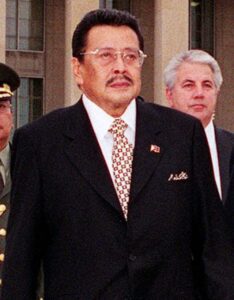
Joseph Estrada, a prominent figure in Philippine politics, was embroiled in a corruption scandal that sparked widespread outrage and led to his impeachment in November 2000.
His administration faced multiple controversies, including allegations of receiving kickbacks from illegal gambling operations known as jueteng and siphoning off tobacco excise tax funds into his personal accounts.
Estrada’s lavish lifestyle was allegedly funded by bribes in exchange for political favors, including awarding large contracts and licenses to his business cronies.
The impeachment was cut short in January 2001 when 11 senators blocked the opening of a key envelope believed to contain damning evidence against Estrada, triggering widespread outrage and the EDSA II protests.
Estrada stepped down from office on January 20, 2001, and was later arrested on charges of plunder, a capital offense punishable by death or life imprisonment. The trial and conviction lasted several years, and in 2007, the anti-graft court, Sandiganbayan, convicted him of plunder.
The court found that Estrada had embezzled approximately ₱545 million (around $11 million) during his time in office. He was sentenced to life imprisonment and ordered to forfeit assets, including bank accounts and properties traced to the illegal funds.
Despite the gravity of his crimes, Estrada remained defiant, claiming that his conviction was politically motivated. His defense team argued that he was a victim of an elite conspiracy, but the evidence presented during the trial painted a clear picture of systematic corruption during his presidency.
A month after his conviction, President Gloria Macapagal-Arroyo granted Estrada executive clemency, citing his age, health, and public service. The pardon allowed Estrada to walk free, and his civil and political rights were restored, allowing him to run for public office again.
In 2010, Estrada attempted a political comeback by running for president again, placing second to Benigno Aquino III. In 2013, he was elected Mayor of Manila, defeating incumbent Alfredo Lim. His victory signified not just personal redemption but also the resilience of his political brand despite the corruption that had marred his presidency.
While we’ve covered a few key figures from the 20th century, the world has seen corruption spanning across various countries and eras. To understand the extent of how deep this issue runs, we can look at a broader spectrum of political figures who’ve become infamous for their corrupt practices. You can explore our Top 10 Corrupt Politicians article for an in-depth look at some of the most notorious political figures in history, from the 20th century to the present day.
Estrada’s corruption case is emblematic of the broader issues of patronage politics, cronyism, and elite capture in the Philippines. His ability to reinvent himself and remain relevant in politics, even after being convicted of plunder, highlights the paradoxes in the Philippine political system.
